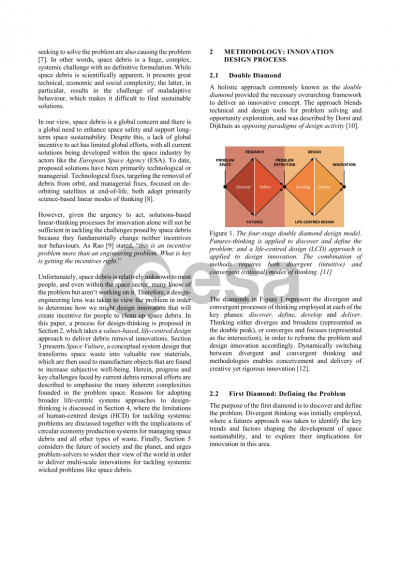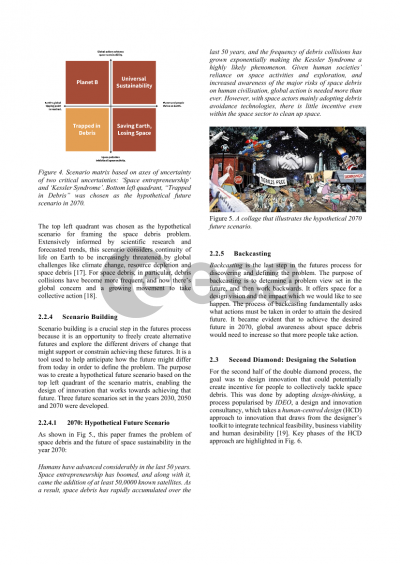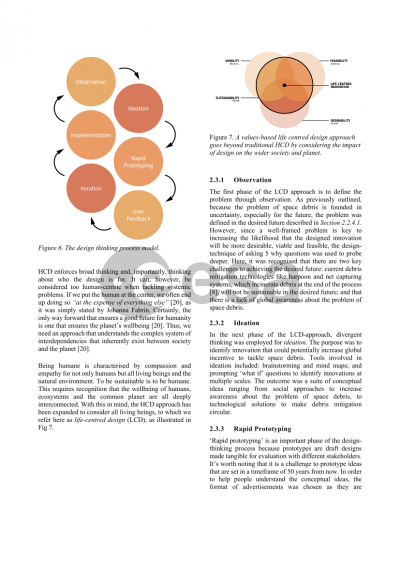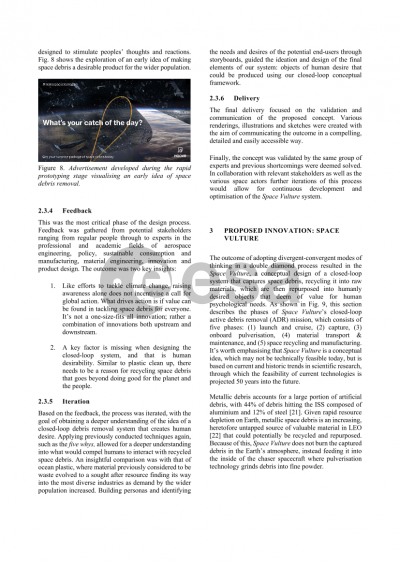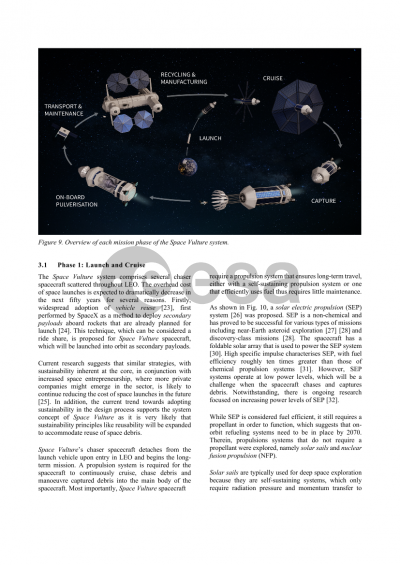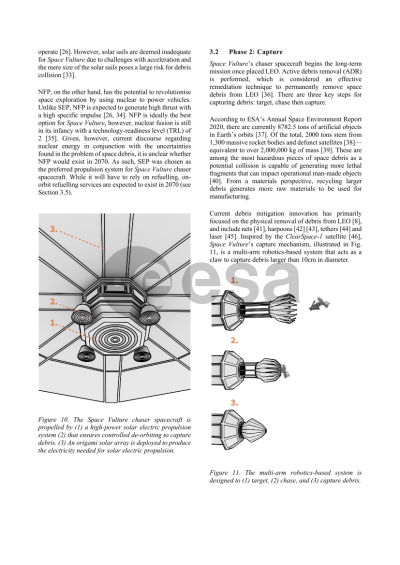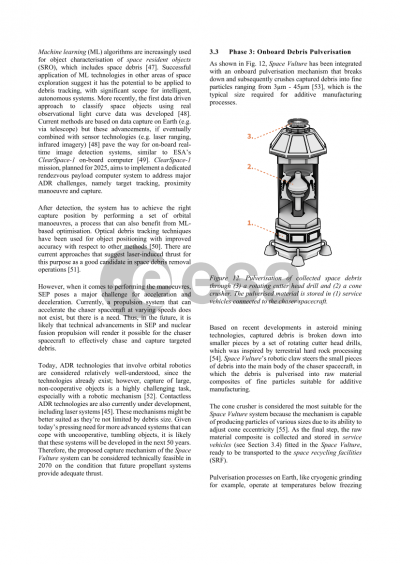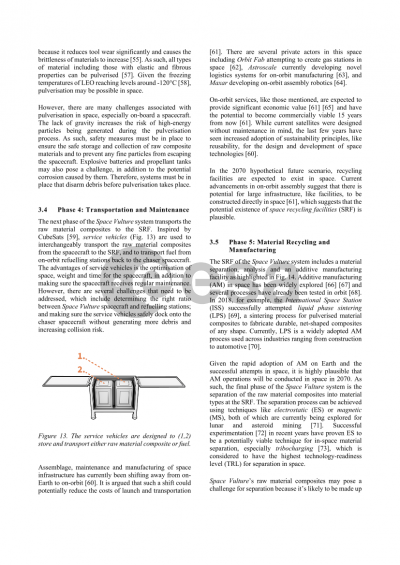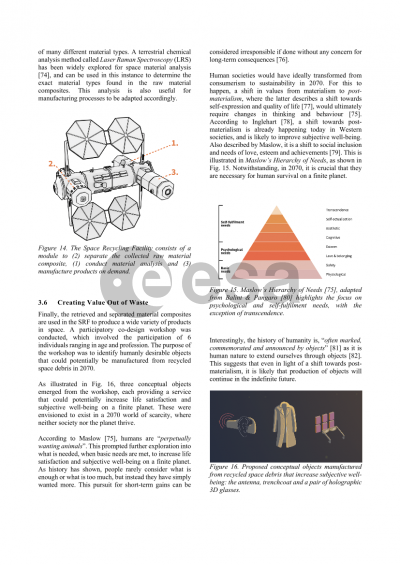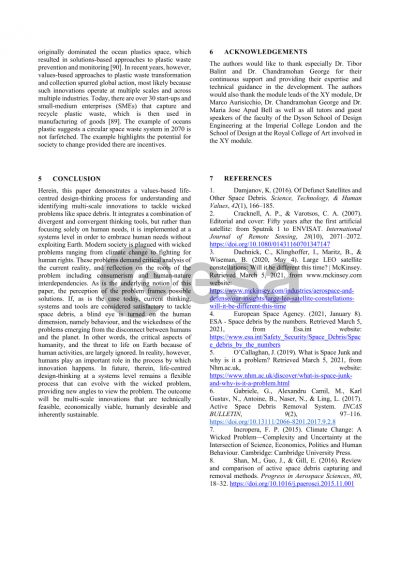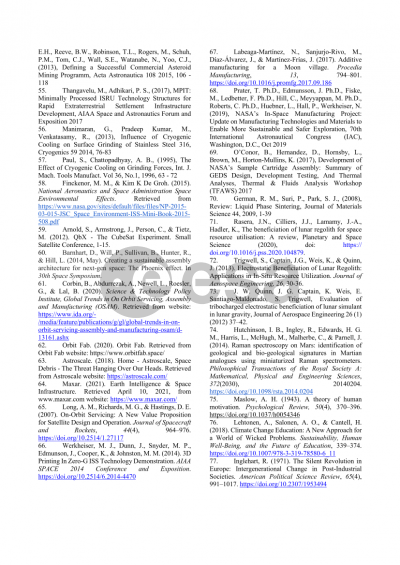Document details

Abstract
Across the globe, we face major challenges with energy, food and water insecurities. All the while, we are accelerating the sixth mass extinction and global sea level continues to rise. However, humankind's destructive activities go beyond Earth’s physical boundaries, where we are aggressively polluting outer space with space debris. Alarmingly, it is projected that more than 50,000 satellites will be launched into low earth orbit (LEO) over the next 10 years to satisfy our dependence on modern communication technologies. This will likely exacerbate the risk of a potential Kessler Syndrome, which would ultimately render all satellites useless.
Despite our planet reaching its tipping point, and the urgent need for a plan B, there lacks funding in the arena of space debris removal. We received direct confirmation of this when we reached out to NASA’s Jet Propulsion Laboratory (JPL) with a conceptual design for debris removal, only to be told, “JPL isn’t interested in space debris unless HQ gives them a chunk of money to think about it.” Most current space exploration efforts are technology-driven. However, trained as design engineers, we recognise space debris as a wicked challenge that requires a more holistic and systematic approach.
This paper applies design engineering techniques and tools at every stage of the process. First, we evaluate the current space debris challenge. We argue that climate change, lack of policy regulations, and very little public awareness are key factors inhibiting imminent action for space debris removal.
For the next phase, and in conjunction with the International Technology Roadmap for Semiconductors (ITRS), we apply strategic foresight tools (e.g. futuring, horizon scanning) to construct roadmaps that project current trends into the future to set a definitive roadmap up until 2050. In turn, we consider the lack of socio-economic incentives as the driving force behind today’s political inertia around space debris removal.
Therefore, we propose ‘Space Volture’, a conceptual design framework for a closed-loop space debris removal system. It is a sustainable long-term initiative that recaptures, recycles and repurposes space debris. Space Volture consists of solar-powered spacecraft that perform multi-recapture of debris; followed by onboard grinding of captured debris that creates sinter composites; which is then transported to a recycling facility located at the International Space Station (ISS). Here, the composites are recycled and repurposed for high-end additive manufacturing in space. We emphasise that this framework supports and complements existing initiatives, and in doing so, is a cautiously optimistic approach to prompting key players to act now rather than later.
Space Volture is a collaborative enterprise. It highlights the potential of a closed-loop debris removal system in creating social, economic and political incentive to drive mitigation action. It bridges gaps inherent in the problem space and fosters collaboration amongst key players, in addition to raising awareness amongst the general public. Given the gravity of today’s situation, we hope our framework encourages funding and collaborative action in this field.
Preview

